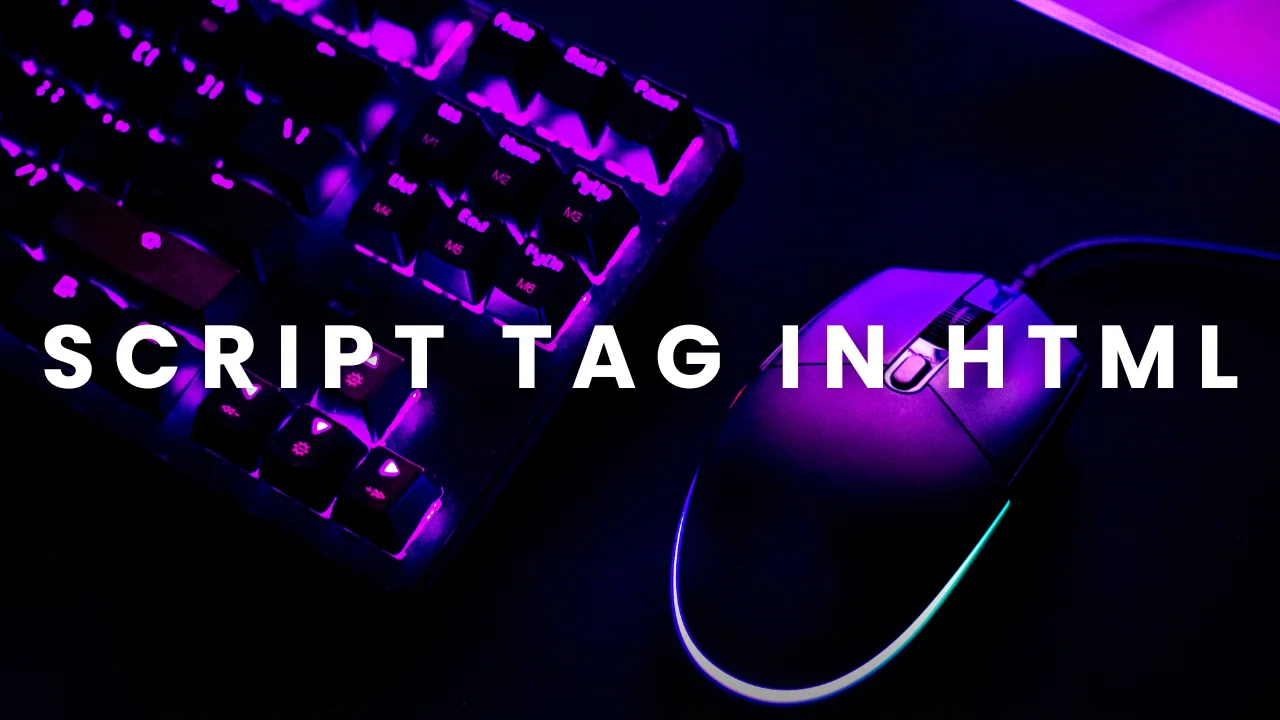
SCRIPT TAG IN HTML
The '<script>' tag in HTML serves as a gateway for embedding JavaScript code directly into web pages. Placed within the '<head>' or '<body>' sections, it enables the browser to execute JavaScript instructions when encountered. This facilitates dynamic behaviors like form validation, interactive elements, and content updates without reloading the page. Moreover, it allows integration with external JavaScript files, enhancing code modularity and maintainability. The '<script>' tag is pivotal for crafting responsive and interactive web experiences, empowering developers to bring interactivity, animation, and enhanced functionality to websites, thereby enriching user engagement and usability.
Output :
In this example:
i. The <script> tag is used to embed JavaScript directly within the HTML document.
ii. Inside the <script> tag, JavaScript code modifies the content of the <p> element with the id "demo".
iii. When the page is loaded, the JavaScript code is executed, changing the text displayed in the paragraph element to "PBA INSTITUTE".
Output:
In Conclusion,<script> tag in HTML is like a magic wand for adding special features to web pages using JavaScript. It helps make things happen, like checking if forms are filled out correctly, adding cool animations, and changing how web page elements look or behave. Developers can put JavaScript code directly in the HTML or link to separate files to make websites more fun and interactive. This tag is super flexible, letting developers create websites that work well on different devices. Basically, it's a key tool for making websites awesome and fun to use.